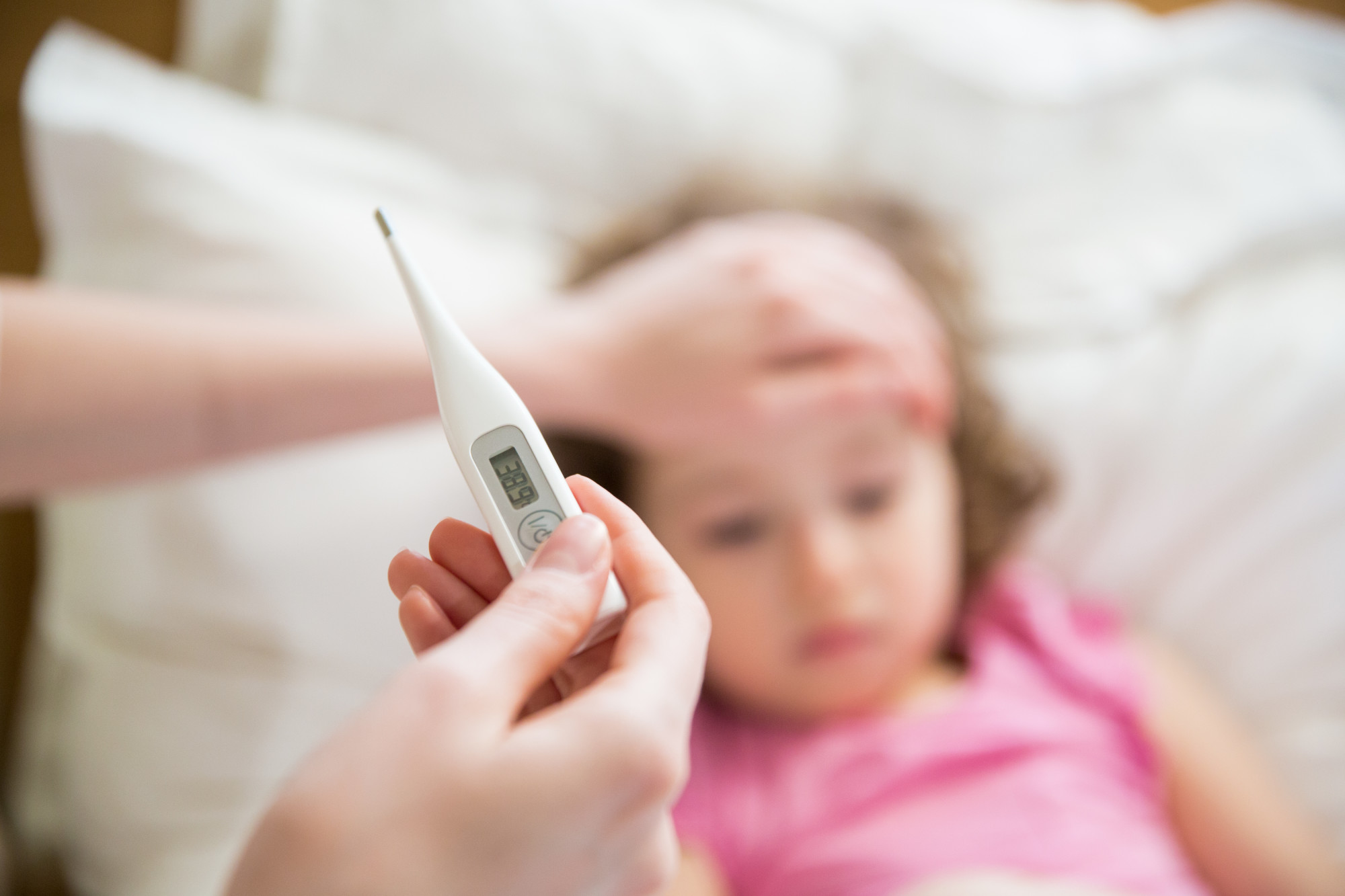We all develop a fever at least a few times in our lives. Fevers indicate that we have contracted an illness or infection that our body is trying to fight off.
For most adults, fevers are no big deal. For children, it could be an indicator of something more serious. How do you know when to let a fever in children pass on its own and when to take them to the doctor?
You typically can’t identify the causes of fever in children without a doctor’s intervention. However, a doctor’s intervention isn’t always necessary. We’re going to talk about some key distinctions.
Read on as we talk about fevers in children and when to worry.
What Temperature Is Considered Feverish?
We often consider a normal body temperature to be 98.6 degrees F. However, it is worth noting that regardless of age, your temperature will fluctuate throughout the day. Doing something as simple as taking a warm bath can increase your internal body temperature, so how can you tell when someone is feverish?
If your child’s temperature is 100.4 degrees F or higher, this is considered a fever. However, not all age groups will need pediatric care when the thermometer reads 100.4 degrees F. Some will respond well with the help of an over-the-counter fever reducer.
High Fever in Children Based on Age
Now, let’s get into the specifics. We’re going to look at different age groups and different temperature ranges that are mildly concerning versus temperature ranges that are worrisome.
If your infant of up to three months of age has a fever of 100.4 degrees F or higher, take them to the pediatrician. The same goes if their temperature drops below 97.7 degrees F. Infants have a much harder time fighting off infections on their own, and additional care may be required.
If your baby or toddler between the ages of three months and three years has a temperature of 102.6 degrees F or higher, take them to the doctor. If their temperature is lower than this and lasts more than five days, take them to the doctor. Otherwise, you can safely wait it out.
What about kiddos older than three? You’re probably in the clear unless that temperature surpasses 103 degrees F. Alternatively, you’re in the clear unless a lower fever lasts more than five days.
What if your child’s temperature is lower than these levels but they’re acting unusual? If they appear to be quite ill or “off,” or if you’re dealing with a recurrent fever in children, head to the doctor’s office.
Knowledge Leads to Good Health: Recognize Important Warning Signs
When you’re dealing with fever in children, it’s hard not to panic. The good news is that while we all tend to experience fever from time to time, some fevers aren’t as worrisome. Use this guide to stay in the know and keep your babies and children safe and healthy.
Looking for more ways to do what’s best for your kiddos? Take a look around to learn all about thrifty spending, quality time, and more.
